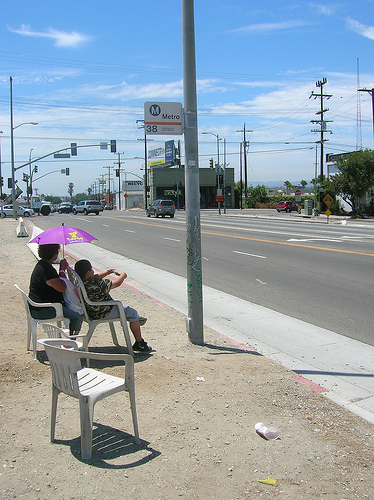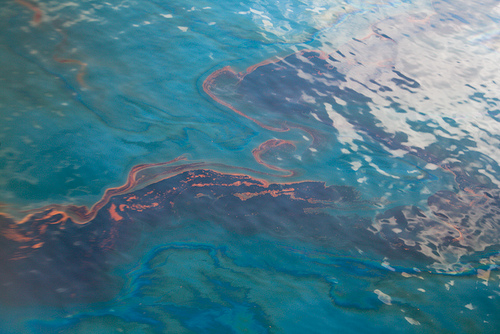The oil leaking from an ExxonMobil pipe into the Yellowstone River in Montana spread farther than the company said it anticipated. The reason, according to ExxonMobil’s spokespeople, is historic levels of flooding on the river. By Tuesday, Exxon had 280 people on the case, but still hadn’t managed to fight through floodwaters to reach the break in the pipeline. Exxon says the river is preventing its clean-up crews from going out on foot or in boats to look for oil on the river's banks.
Exxon did shut down the busted pipeline, but not before spilling more than 40,000 gallons of oil that they say it’s not yet safe to clean up, due to the floods. The company had been warned twice that it needed to check the pipeline for corrosion and update its emergency plans — but now that there is actually a broken pipeline and an emergency, it’s obviously all the river’s fault.
So thanks to THE RIVER AND NOT AT ALL EXXON, the spilled oil might stick around for a while. How much do Montanans need to worry? The EPA is saying Montanans that if you start smelling "'gas-station-like' odors", they're probably smelling volatile organic compounds, like benzene. But not to worry, "people are able to smell some VOCs and other oil-related chemicals at levels much lower than would cause long-term health problems." Instead, the only thing to worry about is short-term health problems, like "head aches, dizziness, nausea or vomiting." The EPA's advice is to stay inside and shut the windows and doors.



